Category
- Badges and Others
- Award Documents
- Awards & Decorations
- Belts and Buckles
- British / Canadian
- Casualty
- Edged Weapons / Bayonets/ Daggers
- Flags/Miscellaneous / Buttons and parts
- Gallantry and Honours
- Heer / Insignia
- Helmets & Headgear
- Long Service Medals
- Luftwaffe / Insignia
- Luftwaffe / Kriegsmarine / Insignia
- Medals
- Military Artwork, Maps, Posters, Signs
- NSB / WA / WHN
- Original Dutch Militaria
- Paper items
- Photographs
- Political & Hitlerjugend / Insignia
- Rings
- Soviet Russian / DDR-NVA
- SS & Polizei / Insignia
- Vehicles / Artillery (related)
- Winterhilfswerk
Victorian 17th Lancer’s Troopers Lance Cap With Queen’s Crown Helmet Plate & Plume in Helmets & caps
€2,887.84
17th Lancer helmet (used at the charge of the Light Brigade at Balaclava Crimea). This helmet is in good condition – it was presented to my father on his retirement and came from the Queens Royal Lancers museum at Belvoir Castle near Grantham. The 17th Lancers helmet used during the Charge of the Light Brigade at Balaclava (1854) was a striking and symbolic piece of military headgear, known as a “chapka” or “lancer cap.” Here’s a detailed description: 17th Lancers Chapka Helmet – Description Shape & Structure – The helmet had a squared top (called a “mortarbord” style), tilted forward with a steep front peak. Its body was typically constructed from leather or felt, often lacquered black for weather resistance and sheen. The front and rear featured brass reinforcing bands, offering both decoration and protection. Helmet Plate – Prominently displayed on the front was a large brass badge: A skull and crossbones (symbol of the regiment’s motto: “Death or Glory”). Surrounding or beneath the skull were scrolls listing battle honours—notably Alma, Balaclava, Inkerman, and later campaigns like South Africa 1879. A small crown placed above the skull. Plume & Fittings – At the top was a tall, white horsehair plume, flowing from a brass socket (often offset slightly to the side). Chin chains made of brass were attached to lion-head bosses on each side, allowing the helmet to be secured during battle. Lining & Interior – The interior was lined with leather and cloth, fitted for comfort and stability. Many helmets included hand-written or stamped markings of the trooper’s name, number, or regiment. Symbolism – This helmet wasn’t just protective—it was deeply symbolic: The skull and crossbones stood for the regiment’s fierce pride and readiness to die for duty. Its elaborate form was meant to intimidate foes and impress onlookers, a hallmark of cavalry pageantry. It became an iconic visual symbol of the Charge of the Light Brigade, where many 17th Lancers perished or were wounded.
Related products
-
Original 1944 Dated British Army Denim Battledress Trousers – Size 6 in Trousers & shorts
€438.95Add to cartAn original pair of British Army Denim Battledress Trousers dated 1944 which are a size No. 6. This pattern of trousers came into issue with the British Army during the Second World War and remained standard issue well into the 1950s. Thesy were used for fatigues and are made from a green coloured denim sanforized …
Original 1944 Dated British Army Denim Battledress Trousers – Size 6 in Trousers & shortsRead More
-
WW2 GERMAN SUMPFTARN REVERSIBLE PARKA in WW2 jackets & coats
€1,033.85Add to cartThis is a very nice worn German Sumpftarn reversible parka with obvious wear and tear and period field repairs, the sumpftarn side retains all of its original buttons, the white side is in nice condition with all buttons used for the winter snowy conditions, the parka contain its original draw straps, cant see any stampings …
WW2 GERMAN SUMPFTARN REVERSIBLE PARKA in WW2 jackets & coatsRead More
-
Original 1950s British Army 1950 Pattern Jungle Green Trousers – Size 8 34×32 in Trousers & shorts
€236.80Add to cartAn original pair of original 1950 pattern Drill Green trousers in used condition which date from the early 1950s and are a size No. 8. This pattern of trousers with the cross belt waist came into issue with British forces in 1944. It stayed in use well into the 1970s under different designations including ‘1950 …
Product Showcase
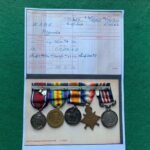
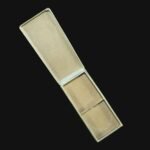
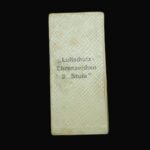
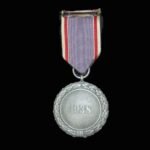
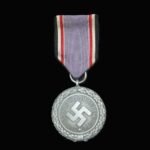
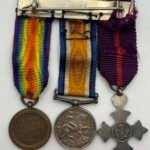
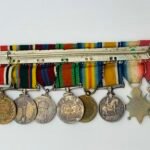
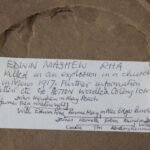

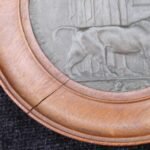
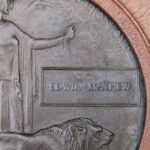
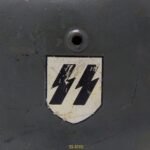
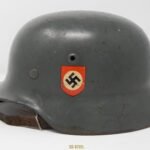
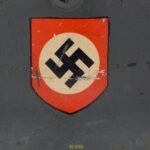
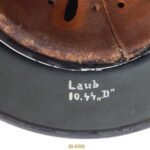
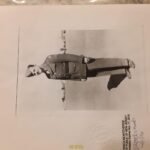
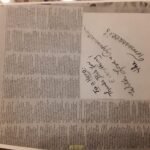
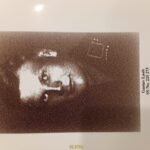

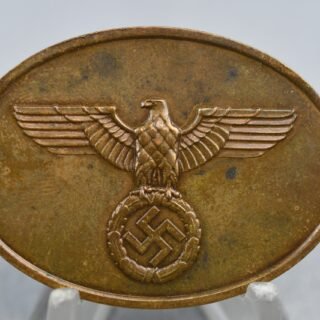
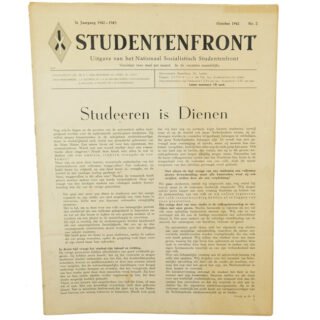
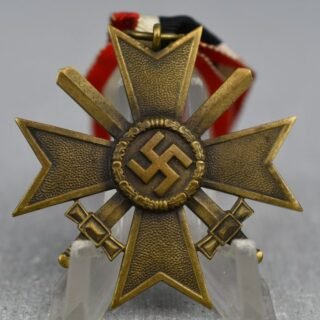
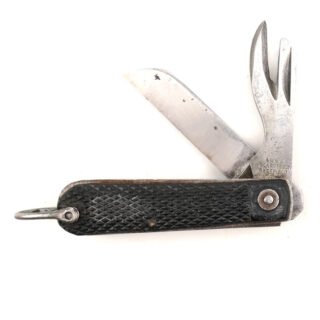
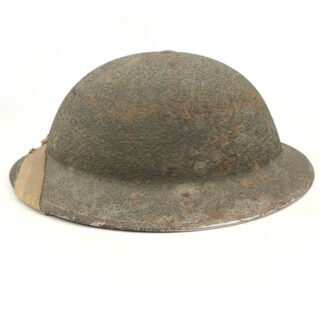
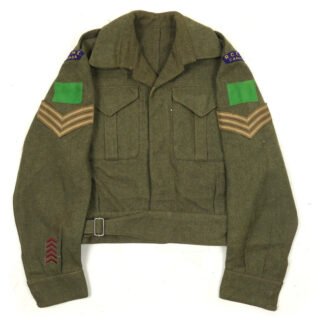
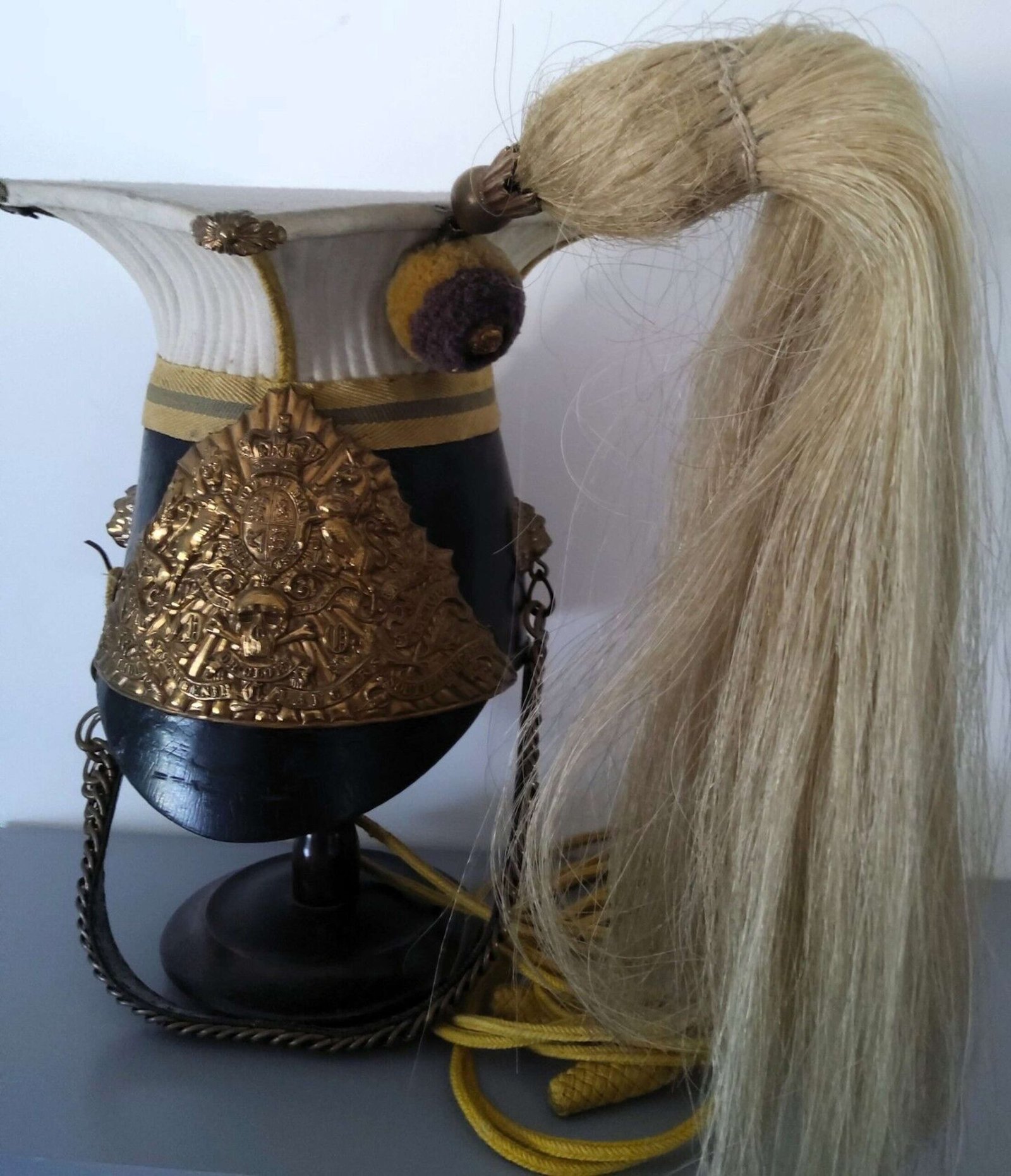
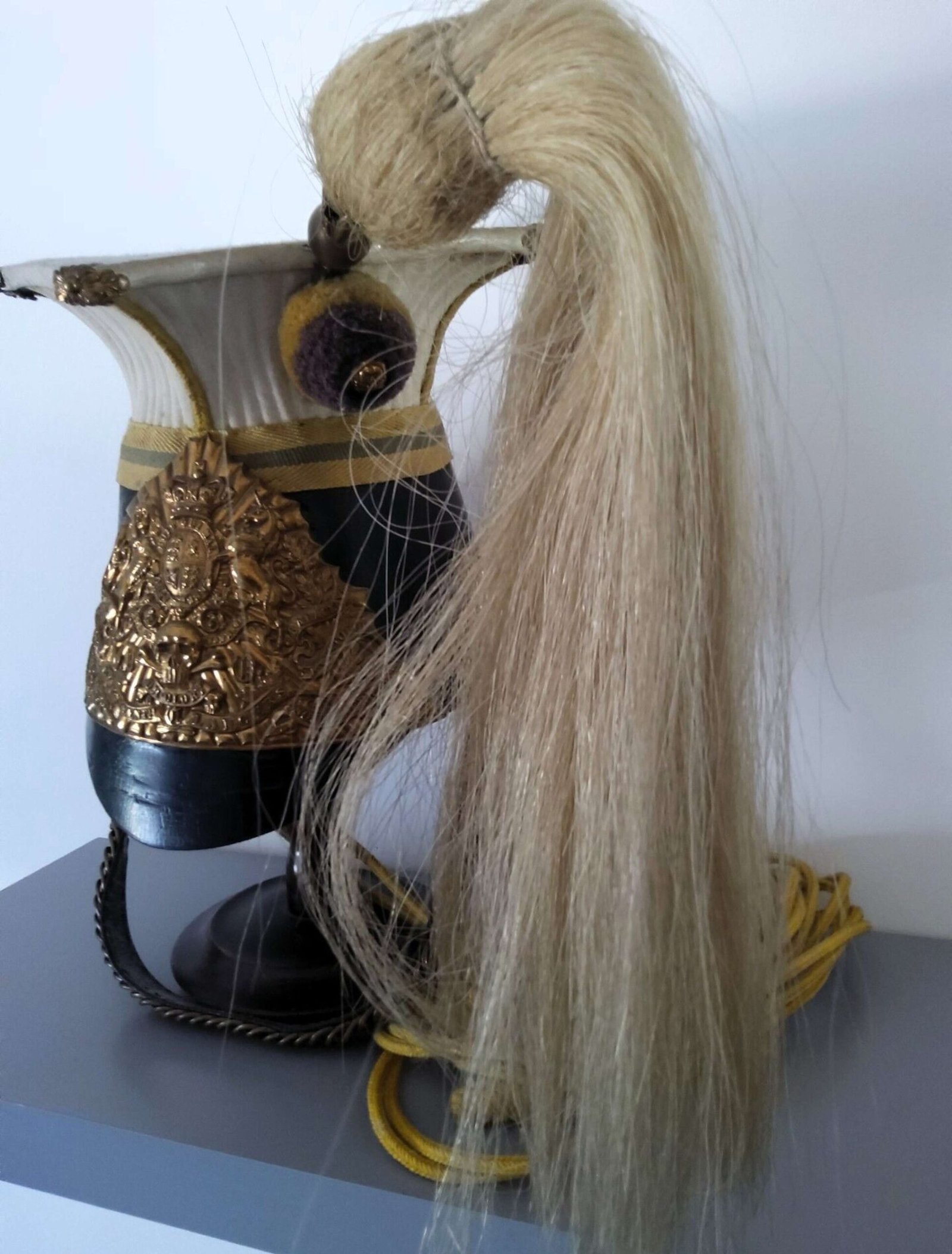
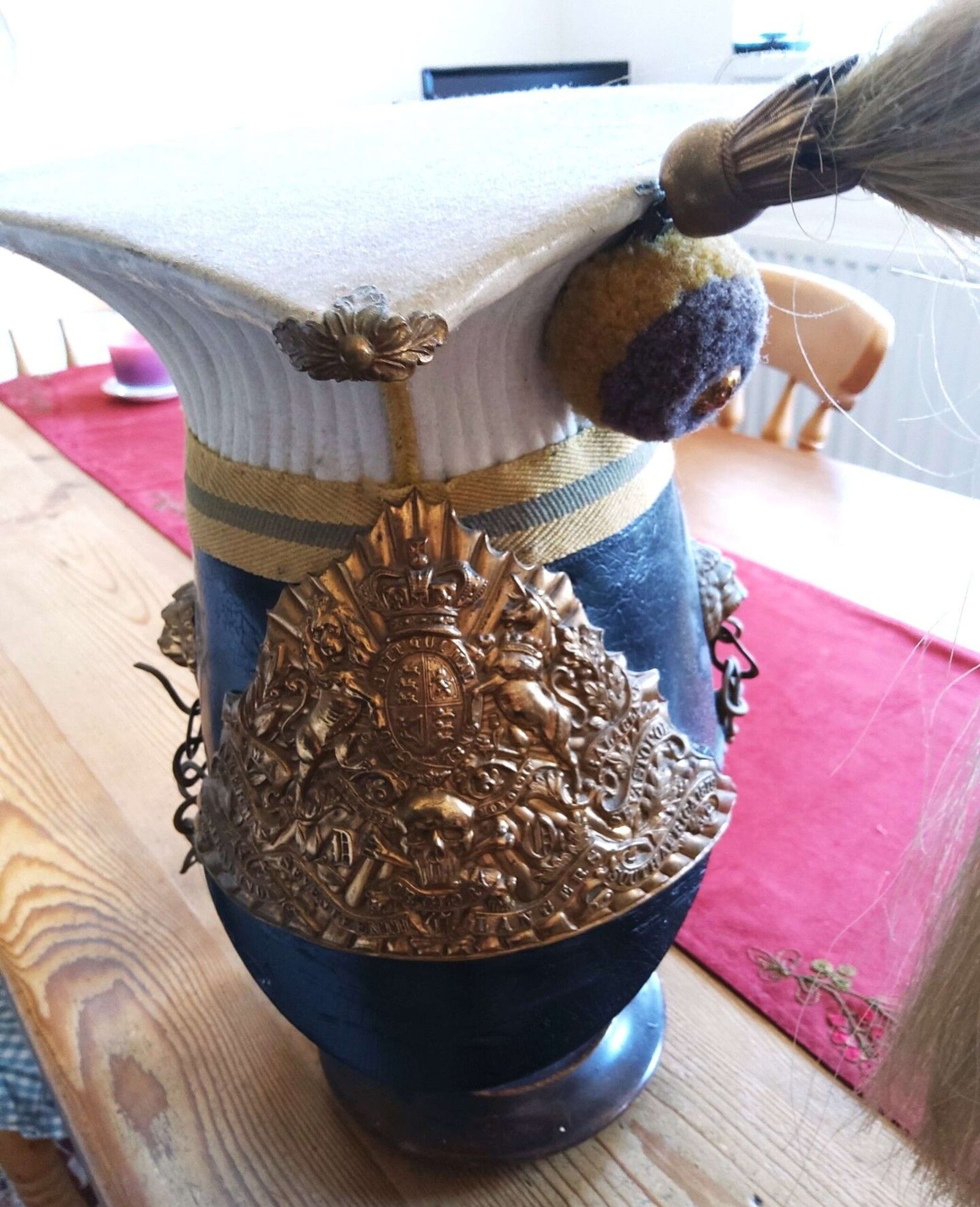
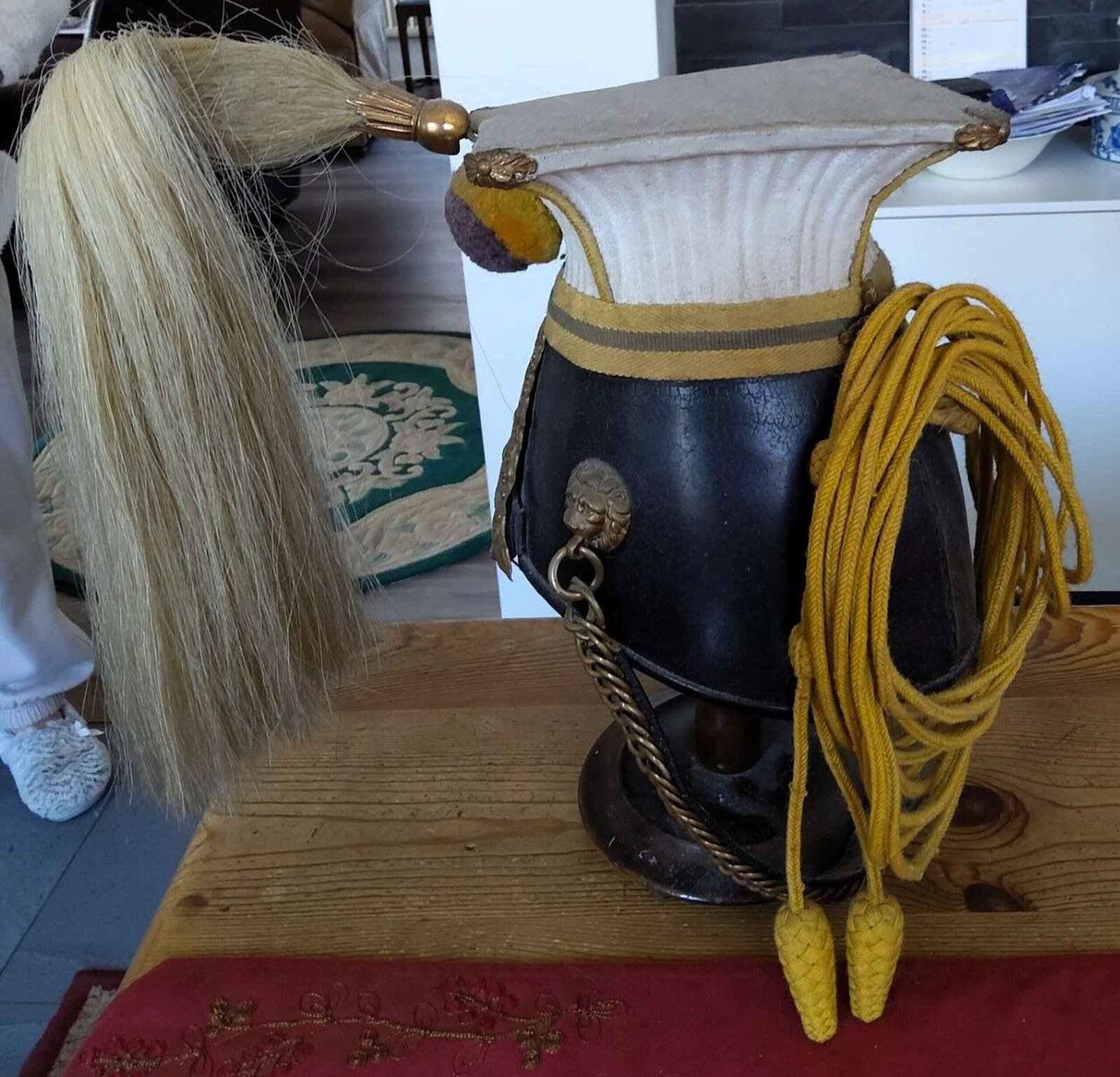
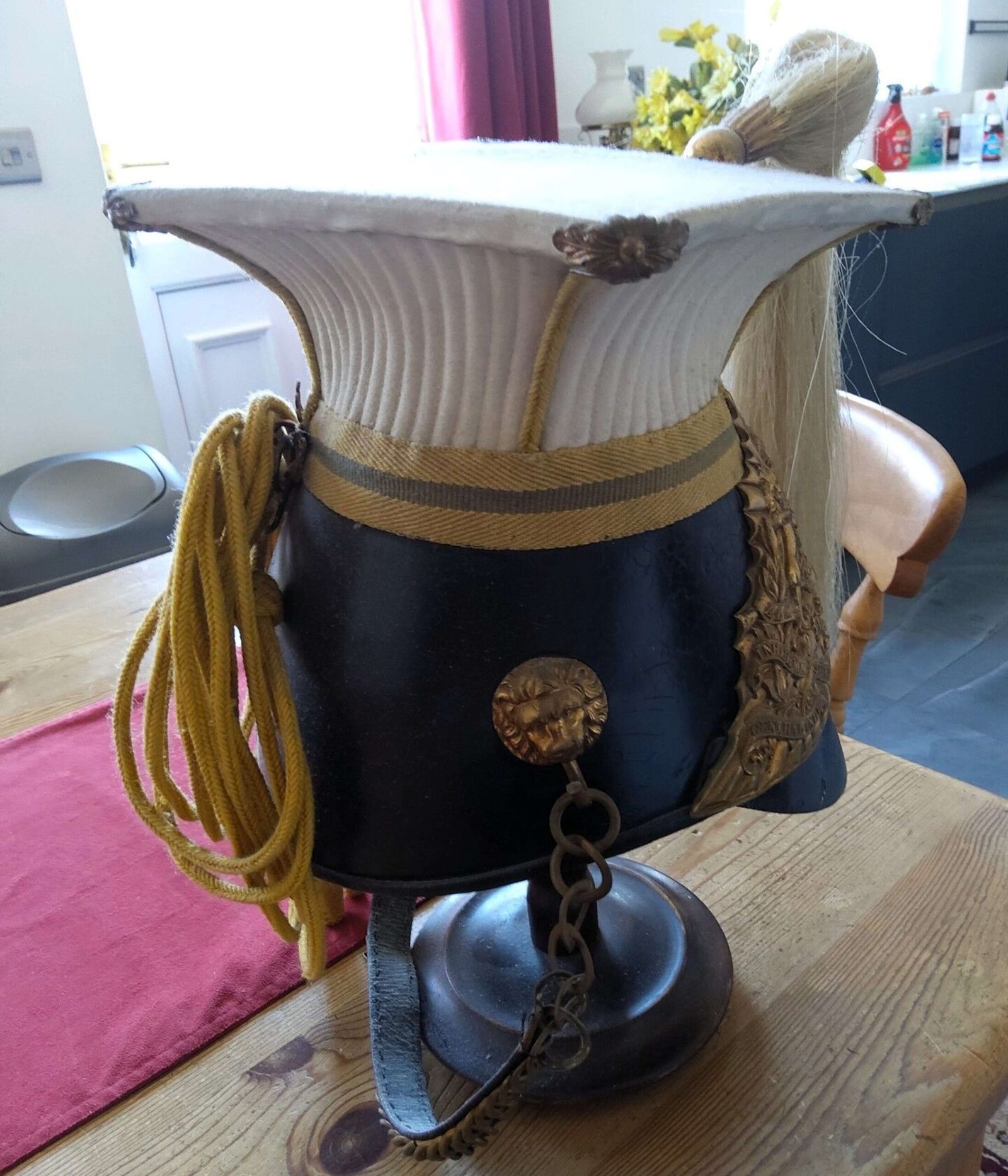
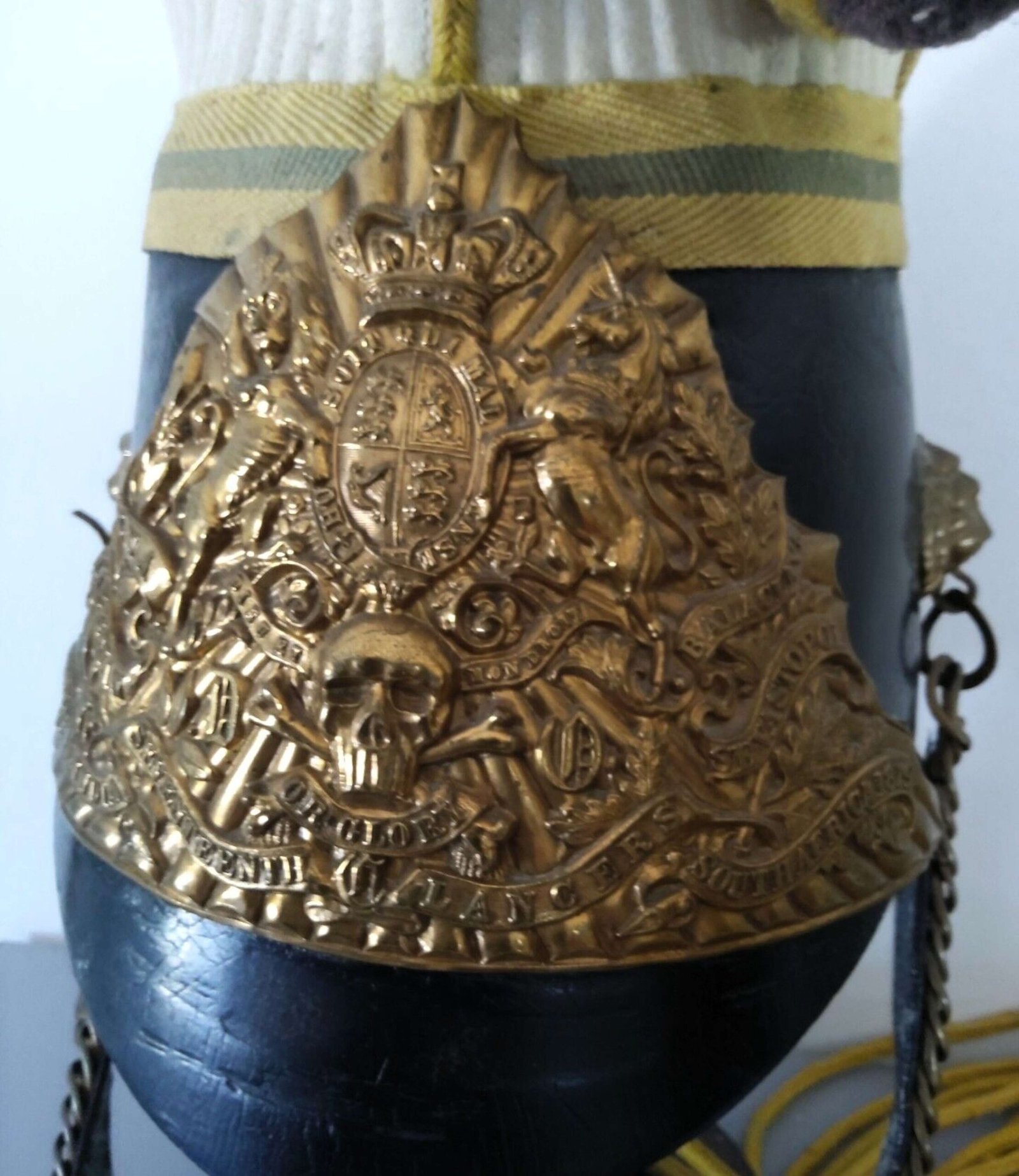
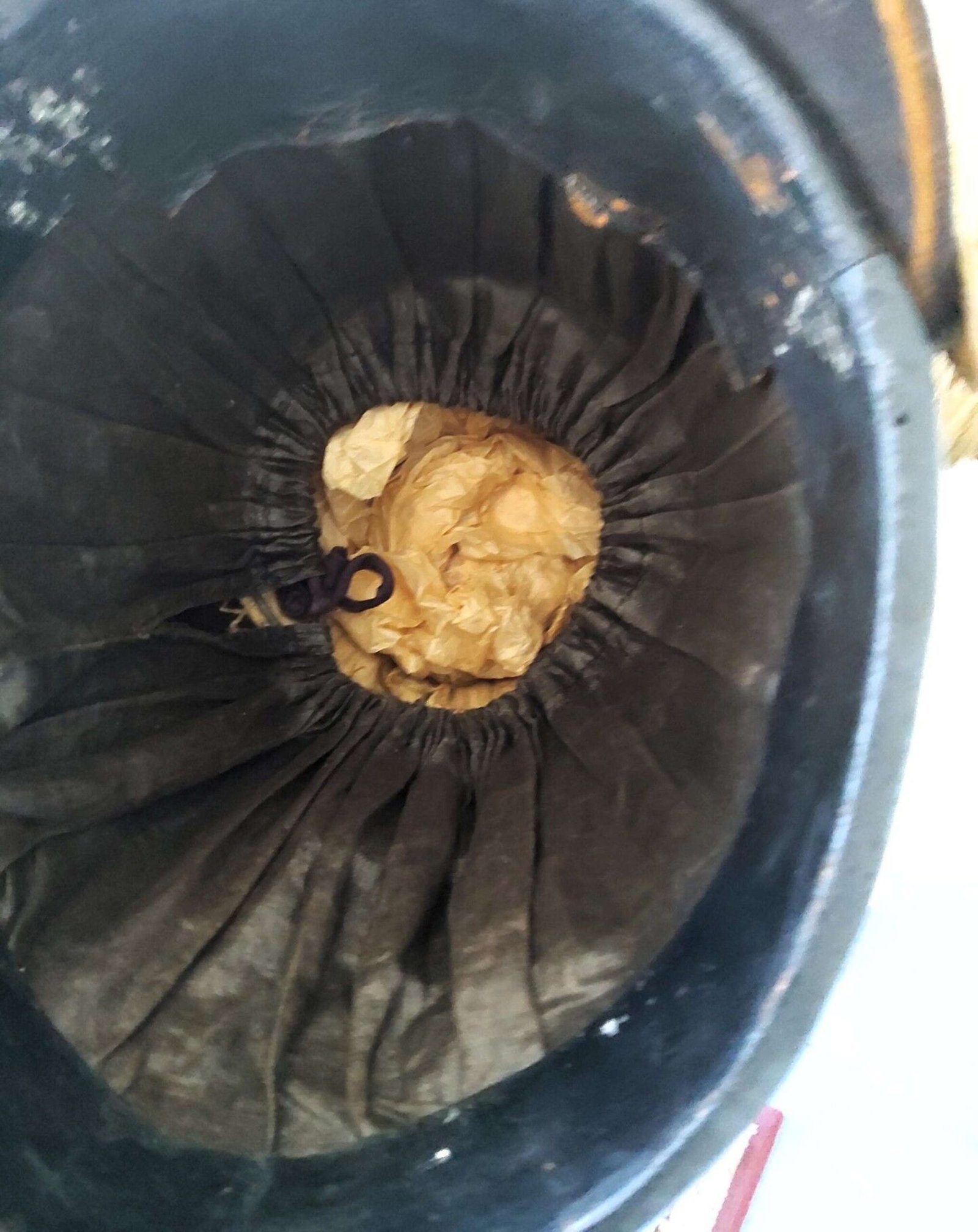
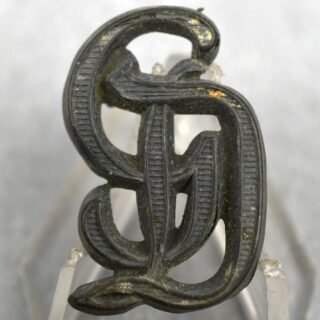
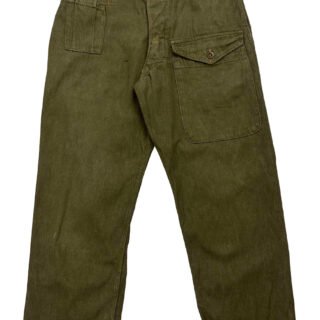
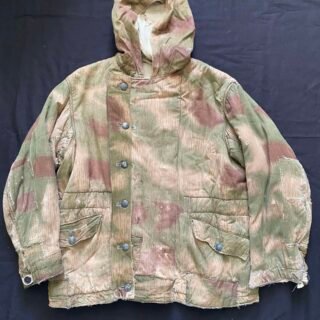
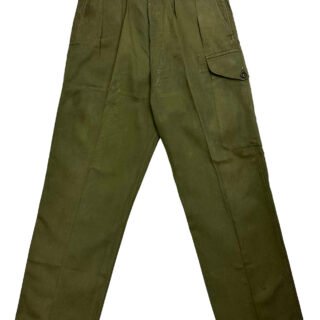
Reviews
There are no reviews yet.